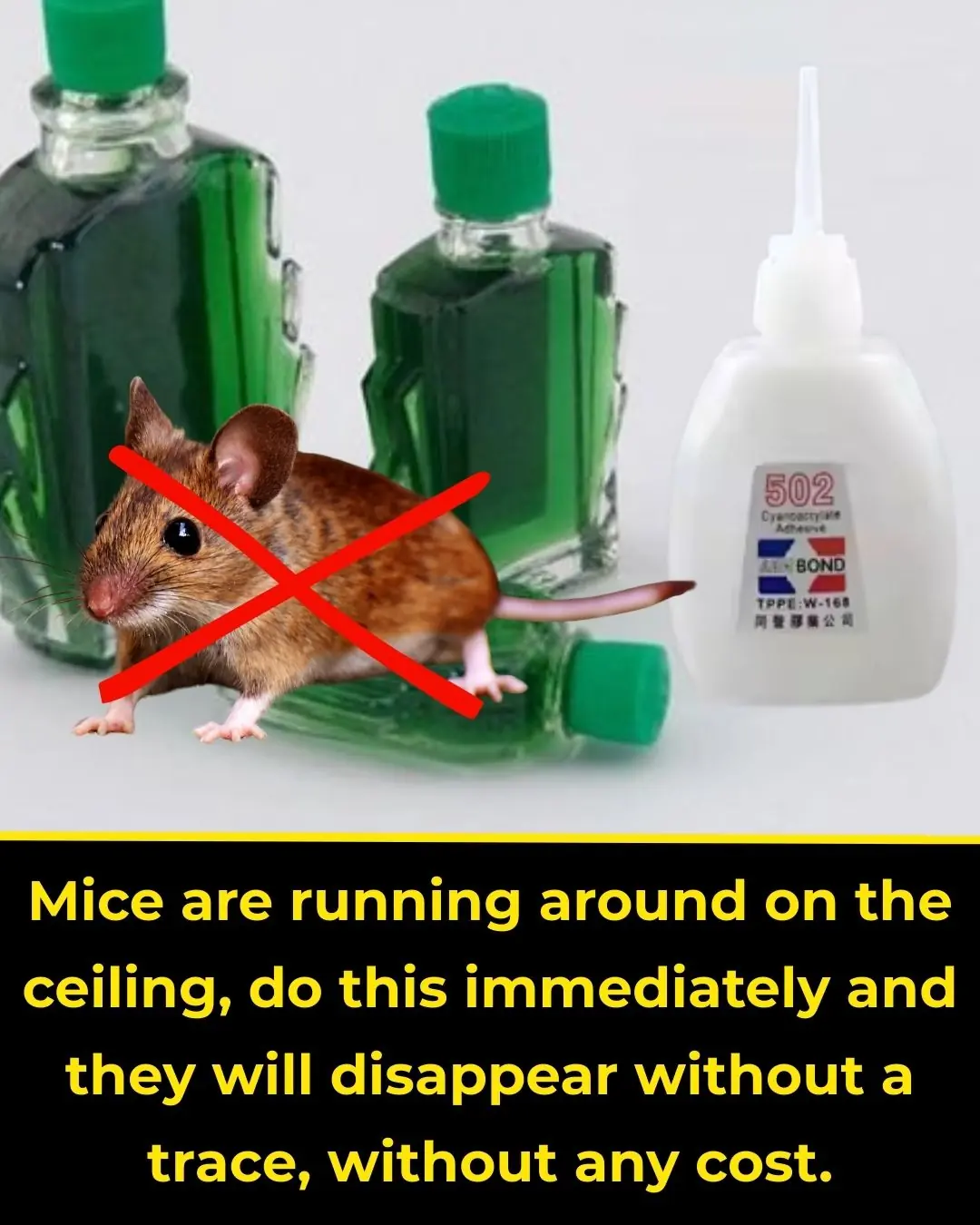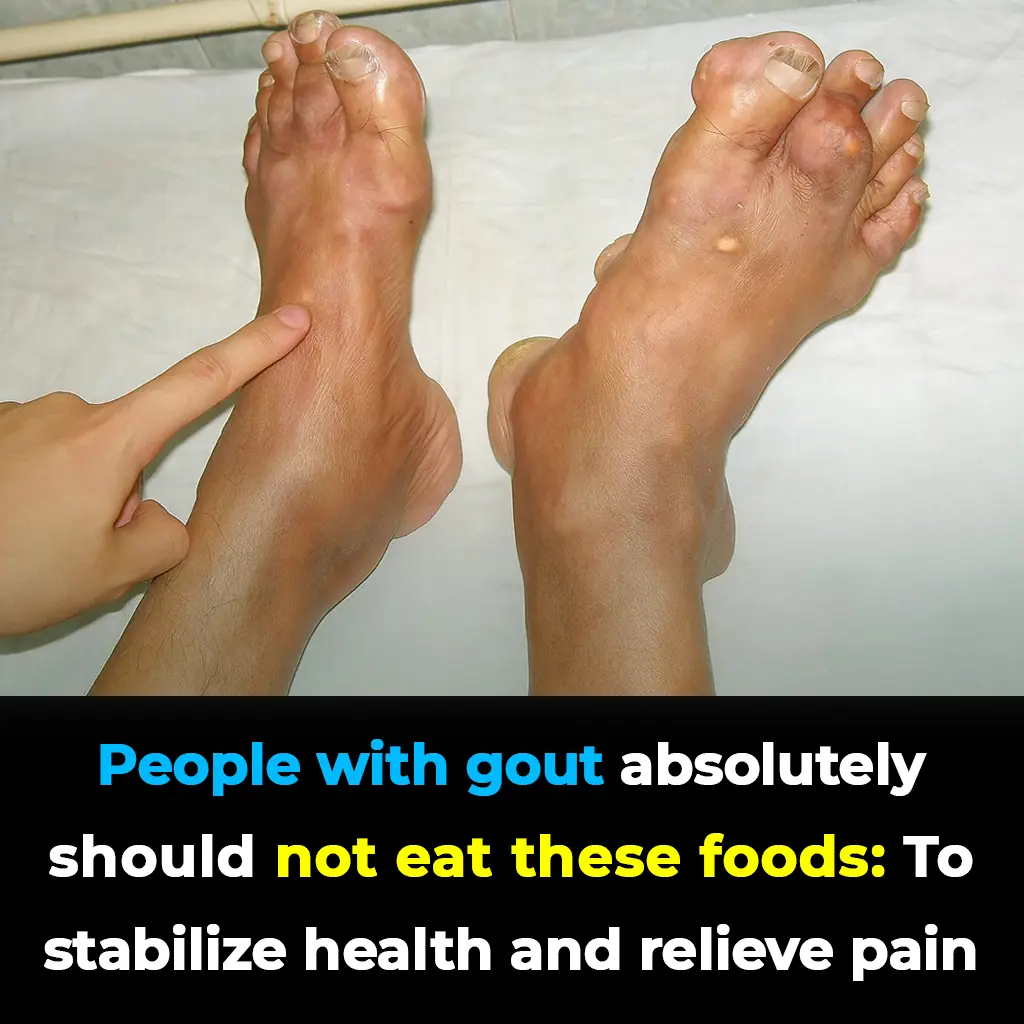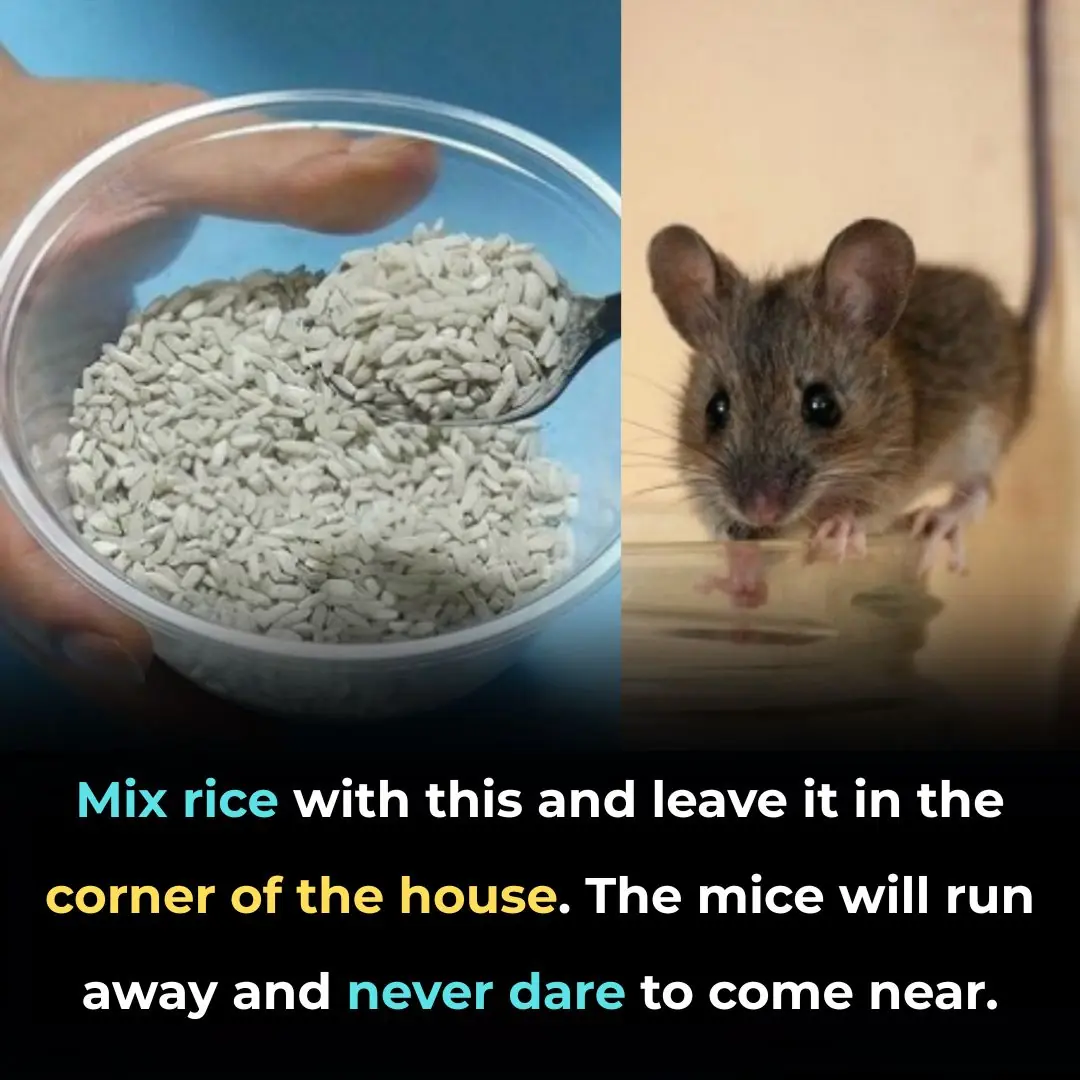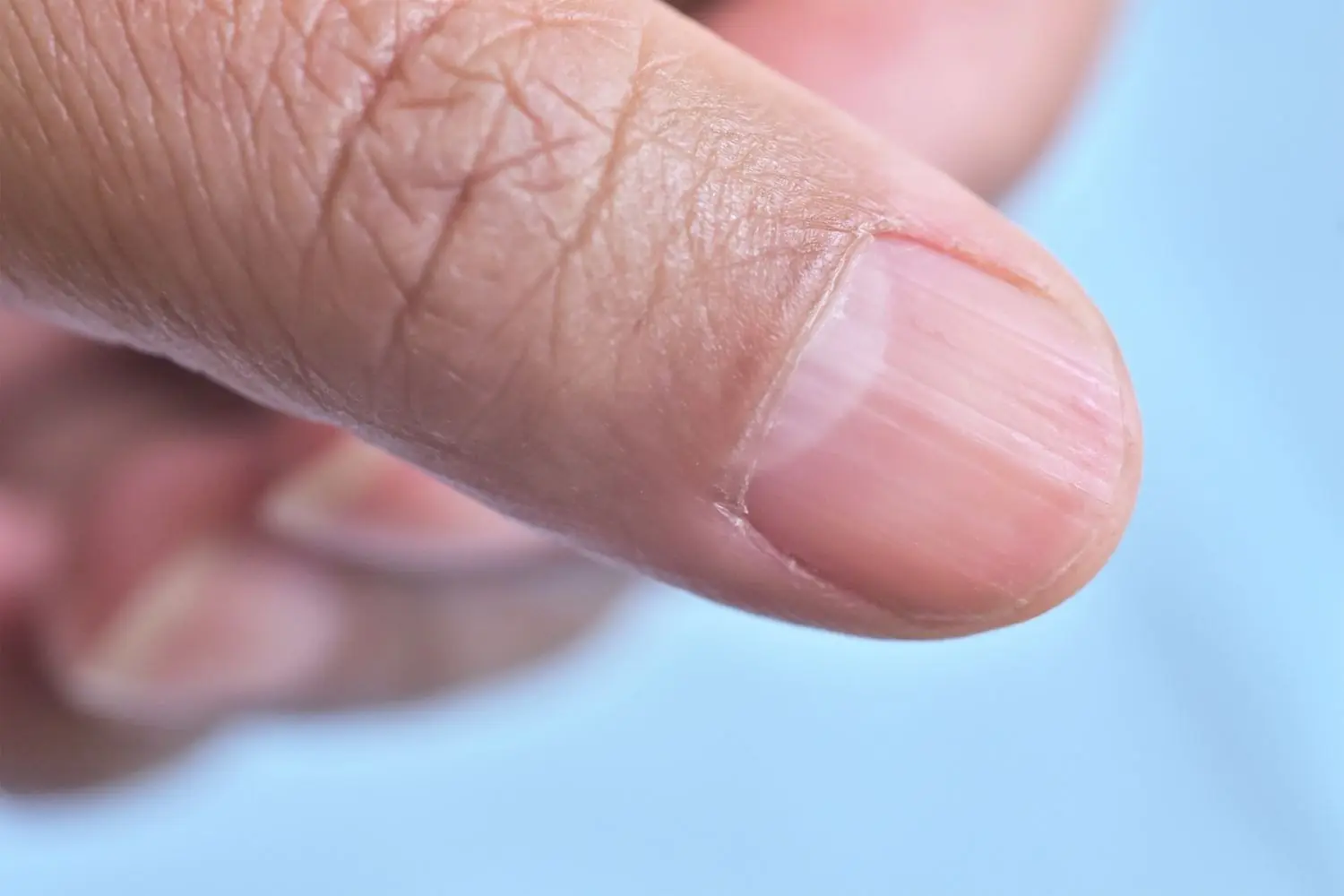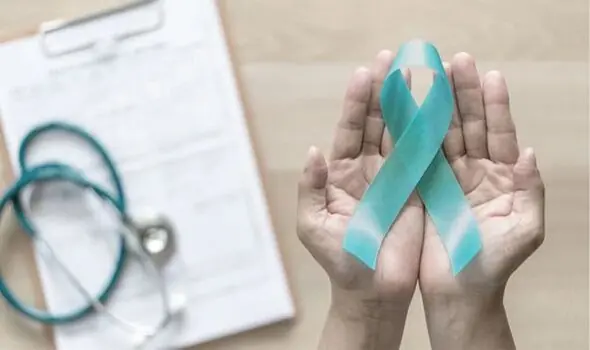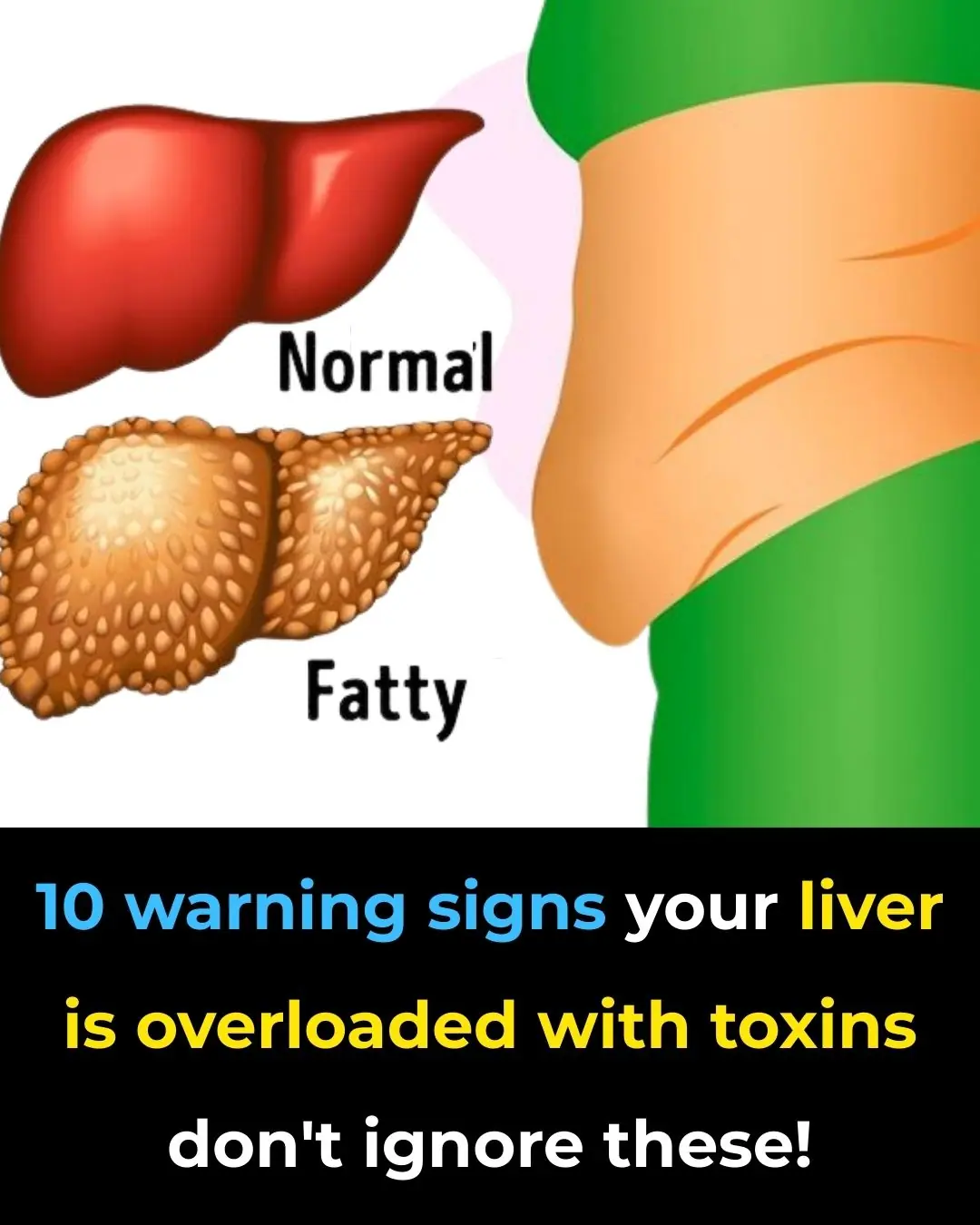As the name suggests, age spots are patches that appear on older people. These patches are brown or black. Elderly individuals, especially those who spend a lot of time under sunlight, often develop small brown pigmented spots of varying sizes on the face, which are called age spots.
Age spots typically accumulate on the surface due to the slow metabolism of keratin cells in the body, along with the presence of many pigment granules in the cells. In essence, age spots are patches that grow on the skin of the elderly. They are unevenly distributed and often dense, not only affecting one’s appearance but also adding psychological burdens to older people.
1. Ultraviolet Rays
Exposure to sunlight generates a large amount of melanin and worsens pigmentation. Especially in summer, you should avoid excessive sun exposure when going outside and make use of shade or sunscreen.
Prolonged exposure to ultraviolet (UV) rays is the main cause of skin spots. If people are frequently exposed to UV rays at work, dark patches will appear on their skin—this is directly related to UV exposure. The most effective treatment and prevention is adjusting work patterns and avoiding prolonged UV exposure.
2. Hormonal Disorders
Hormones greatly affect human health. In daily life, people often feel irritable, lack exercise, and live irregular lifestyles.
Those who stay up late regularly are also prone to severe hormonal imbalance. If hormones are not regulated, excess pigmentation will appear, forming unsightly dark spots.
3. Slow Metabolism
There are many causes of age spots, but the main one is that as people grow older, their metabolism slows down. In addition, an unbalanced diet in the elderly can lead to brown pigment deposits in the skin’s basal layer, resulting in age spot formation.
Recommendation: Avoid these 3 habits after the age of 50 to help reduce age spots
1. Not using sunscreen
No matter your age, you should protect yourself from the sun when outdoors and avoid skin exposure to UV rays.
If you do not apply sun protection regularly, your skin will suffer sunburn, aging, and pigmentation. Daily sun protection—whether with chemical or physical sunscreen—can protect the skin from sunlight, UV damage, and delay the appearance of age spots.
2. Frequent use of electronic devices
With technological development, more electronic devices have become part of our lives, and many elderly people have joined the ranks of “head-down” users. You should know that these devices emit radiation, which accelerates skin aging.
Moreover, dry environments are favorable for spot formation, so prolonged exposure to devices such as computers and phones can make the skin dry, especially in air-conditioned rooms. Dry skin is prone to acne, while oily skin easily develops pimples and acne.
If older people stare at mobile phones for long periods, they need to take protective measures against radiation to effectively reduce the occurrence of age spots.
3. Staying up late
Long-term late nights can easily lead to hormonal and immune system disorders, which may directly or indirectly affect the function of melanocytes in the skin, causing them to become pathologically overactive.
Elderly individuals should adopt measures to cope with insomnia, such as ensuring a dark and quiet sleeping environment, forming a regular bedtime routine, avoiding stimulating drinks before bed, soaking feet in warm water, and doing appropriate exercise.



